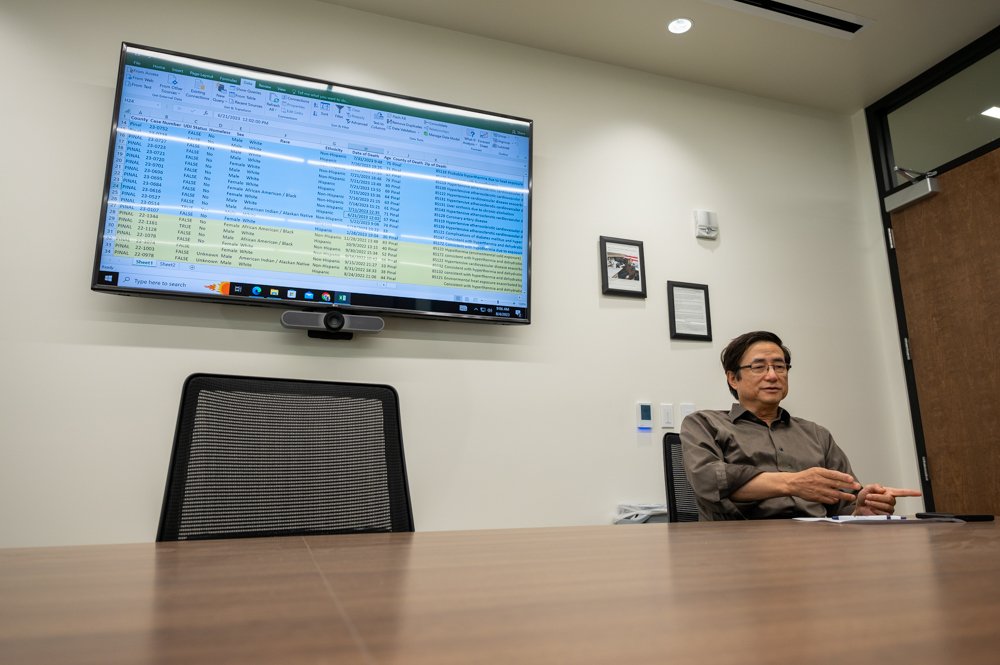accidental deaths Maricopa
Coroner Sees 50% Spike in Maricopa Death Investigations Last Year

The Pinal County Medical Examiner’s Office (PCMEO) has reported a significant increase in the number of deaths investigated in Maricopa for 2024. Investigations rose by 50% compared to the previous year, with PCMEO examining 51 out of 78 reported deaths this year, up from 34 out of 56 in 2023.
This surge may reflect Maricopa’s growing population, which now exceeds 75,000. However, the city’s population growth was only around 5% from 2023 to 2024, and the medical examiner did not offer specific insights on the increase.
PCMEO does not automatically investigate every death reported. Only deaths that meet certain criteria, such as being sudden, violent, suspicious, unexplained, or accidental, prompt an examination. Operations Division Manager Andre Davis emphasized the public’s misconceptions about their role, stating that not all deceased individuals undergo autopsies.
Investigation processes begin when law enforcement, medical centers, or hospices notify PCMEO of a death meeting these criteria. “Our investigators make the call on whether an investigation is warranted,” Davis said. They conduct scene investigations, which involve interviewing witnesses, documenting the scene photographically, and performing non-invasive examinations to identify any signs of trauma or medical intervention.
Interestingly, despite being the most populous city in the county, Maricopa recorded the third highest number of investigations. Casa Grande, with a population of 64,000, led with 95 deaths examined, followed by Apache Junction at 86 incidents among its 41,000 residents.
In total, PCMEO investigated 624 deaths last year. Of these, only 43% were classified as accidental. Notably, drug-related deaths accounted for 105 cases—60% involved methamphetamine and 40% involved fentanyl—illustrating the alarming resurgence of these incidents after a decline during the pandemic. Motor vehicle collisions were also prominent, with 84 cases reported, 65% of which involved individuals not wearing seatbelts, an increase from 50% the previous year.


















